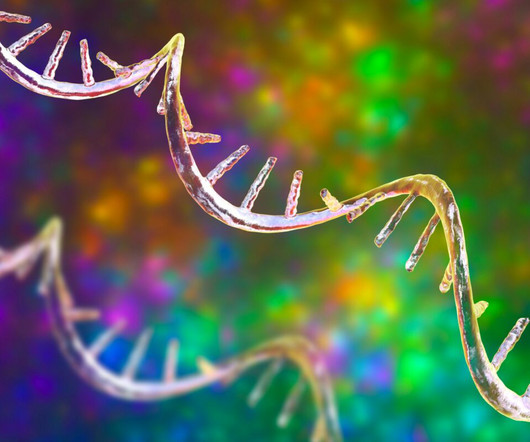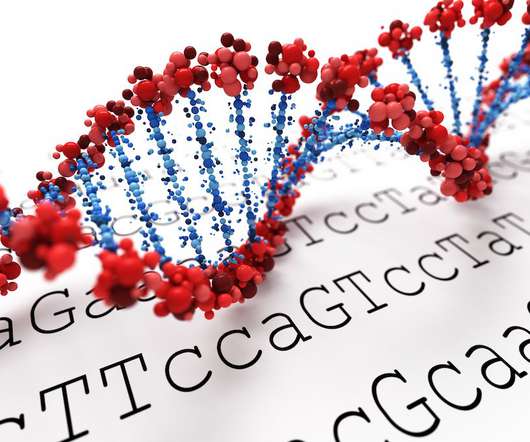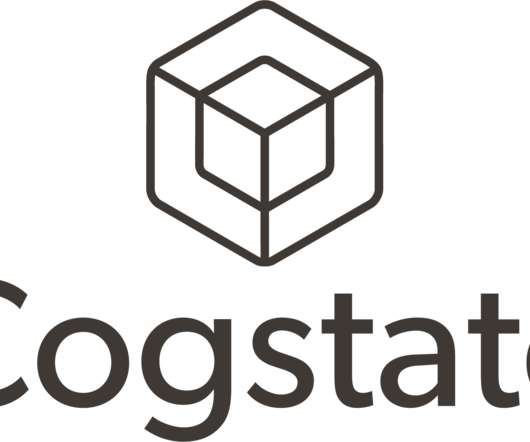Combining the Powers of Single Cell Sequencing and AI in Understanding Disease Biology and Drug Development
XTalks
AUGUST 5, 2020
The detailed complexity of these processes can be captured by creating models that combine correlates of gene and protein expression, providing insight into the molecular composition of tissues. Visium Spatial Gene Expression Solution. Feature barcoding using gel beads. Leading Innovations in Single Cell Technology.





















Let's personalize your content